The promise of cooler weather has dog lovers dreaming of autumn dog walks and longer hikes than we’ve been able to enjoy during the summer heat. Hiking with your dog means taking a few extra precautions, however. Today we have a guest post from Head Veterinarian Sean McCormack at tails.com and Senior Ranger, Margaret Anderson from Northumberland National Park to share their tips on walking your dog safely in the countryside.
When it comes to taking your dog on a hike, we need to be responsible dog owners and think about other countryside users, wildlife and farm animals.
Here are some top tips to keep safe during summer walks and hikes.

But before you go on a strenuous hike, veterinarian Dr. McCormack stresses, “both you and your dog need to build up your endurance levels for regular hiking activities – so start slow, gradually increasing the length and difficulty of your routes.”
Keep your dog on leash
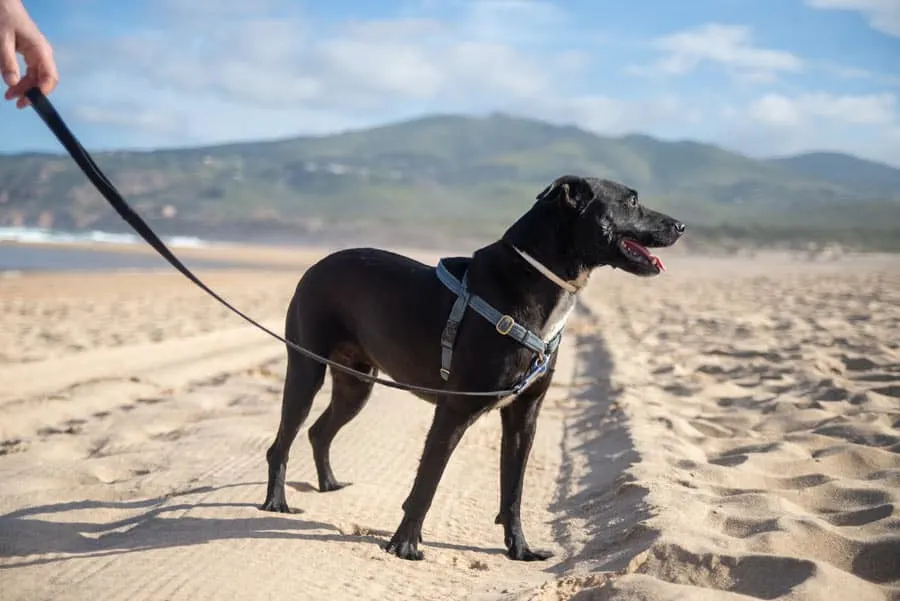
In many locations, your dog is required by law to be on leash at all times–or at least during nesting season (spring-summer) to protect vulnerable ground-nesting birds and other wildlife.
At other times of the year, dogs should either be on a lead or under your control nearby; this is a great reason to get working on your dog’s obedience training, especially recall, to allow them the freedom to exercise off lead responsibly and come back when there is a potential hazard.
A short lead is advisable around livestock on farmland, as even the most well-behaved dogs can worry livestock if free-roaming; sheep and lambs, in particular, are prone to stress from dogs.
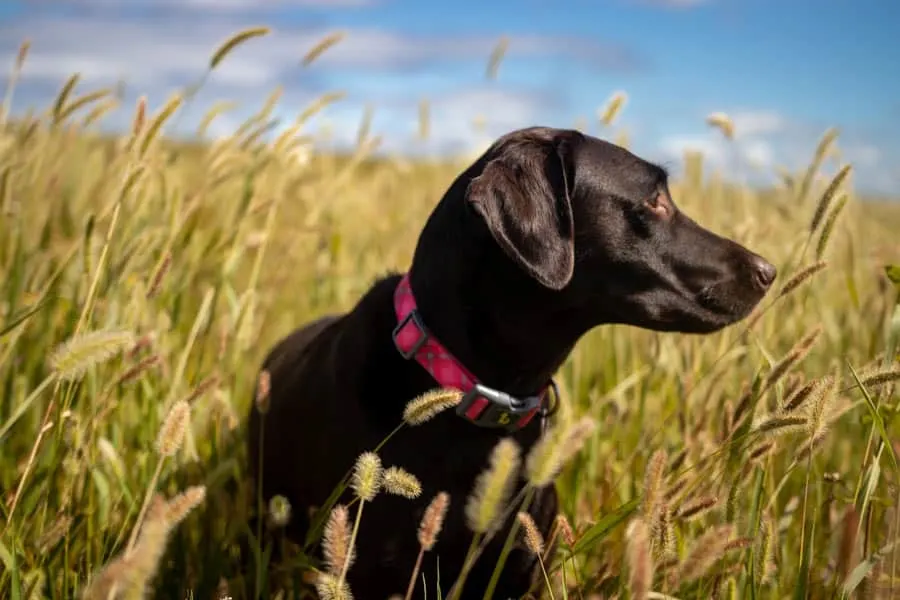
Margaret Anderson stresses, “keep your dog on a lead and stick to the paths – wildlife and farm animals need to protect their young.”
Check with your local veterinarian–And how to remove a tick
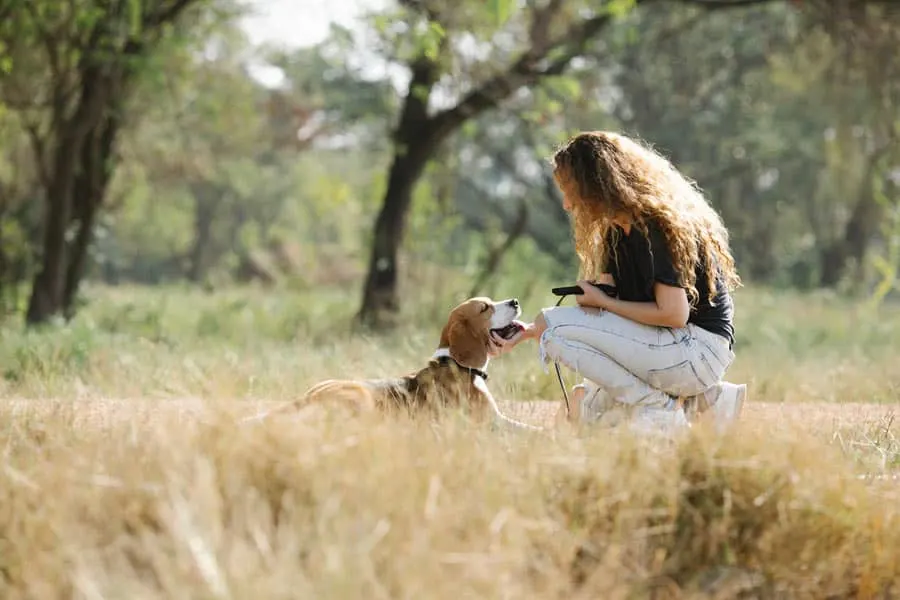
Dr. McCormack explains, “Make sure your dog’s vaccinations and worming are up to date to prevent the risk of disease or transmission to wildlife and farm animals.”
And with Lyme disease on the rise in so many place, he reminds dog walkers that “the sooner a tick can be removed, the less likely it is that you or your dog can get infected by nasty bacteria.”
“To remove a tick effectively, it’s recommended to buy a tick removal tool, which allows you to twist and lift the tick off of the skin by going underneath its biting mouthparts.
“It’s important to make sure you remove the tick properly and get the head out, as just pulling at the tick can often leave the mouthparts still embedded and lead to a risk of infection from nasty bacteria. However, if you aren’t confident in removing a tick on your own, call your local vet for help.”
Clean up after your pooch!
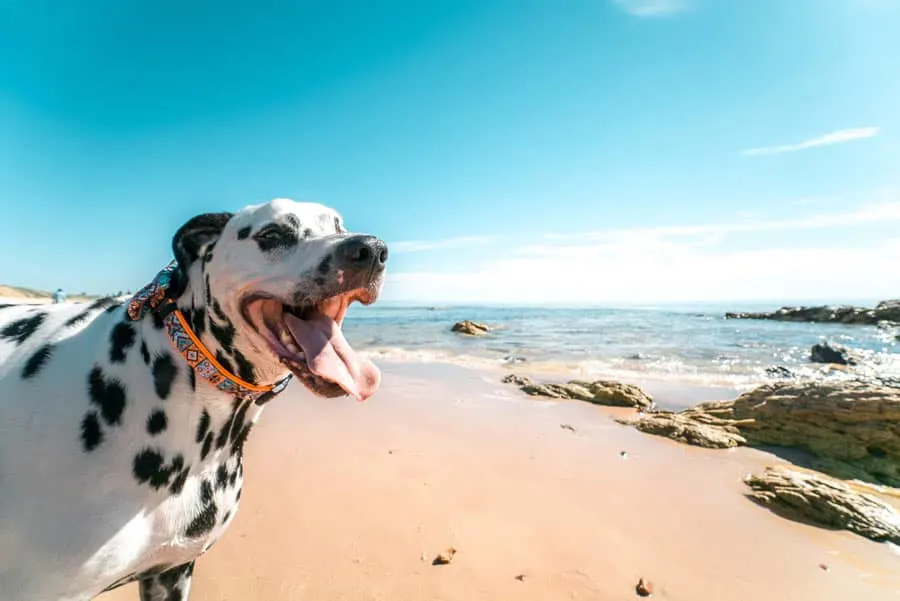
Always clean up after your dog and dispose of waste responsibly to avoid spoiling natural areas or leaving behind an infection risk to other people and animals.
Margaret says, “Always bag and bin your dog poo – flicking it into the undergrowth or hanging it in a tree just moves the problem to a different place. Bag it and bin it, any bin is fine.”
“Whilst the countryside is rich in different kinds of poo, dog waste is different. Worms and diseases from dog waste can infect people, farm animals and wildlife, and even pollute local water supplies.”
Stick to pathways
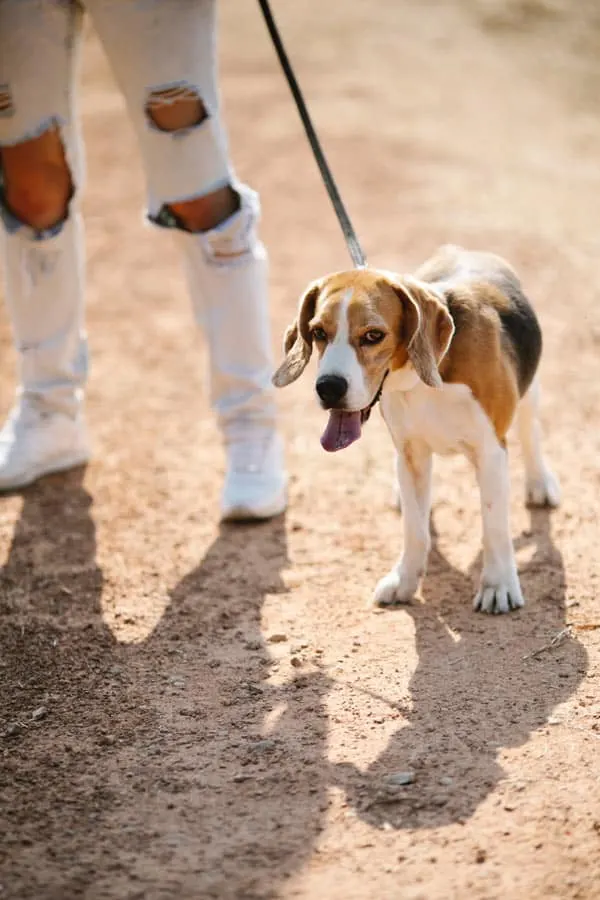
When going on a rural hike, it can be very easy to get lost – especially when you have no internet connection to help direct you.
To avoid getting lost keep to pathways, be road safe with your dog and close any gates behind you.
In case of emergencies, always pack a compass and a map of the area you are exploring.
Keep a close eye on the ground
Keep an eye out for snakes, especially during spring and fall.
Snakes tend to stick to overgrowth so sticking to pathways can help prevent you an unwelcome meeting. They are secretive animals and most attacks happen when they are trodden on or picked up.
If bitten, medical attention should be sought immediately.
What to take hiking with your dog
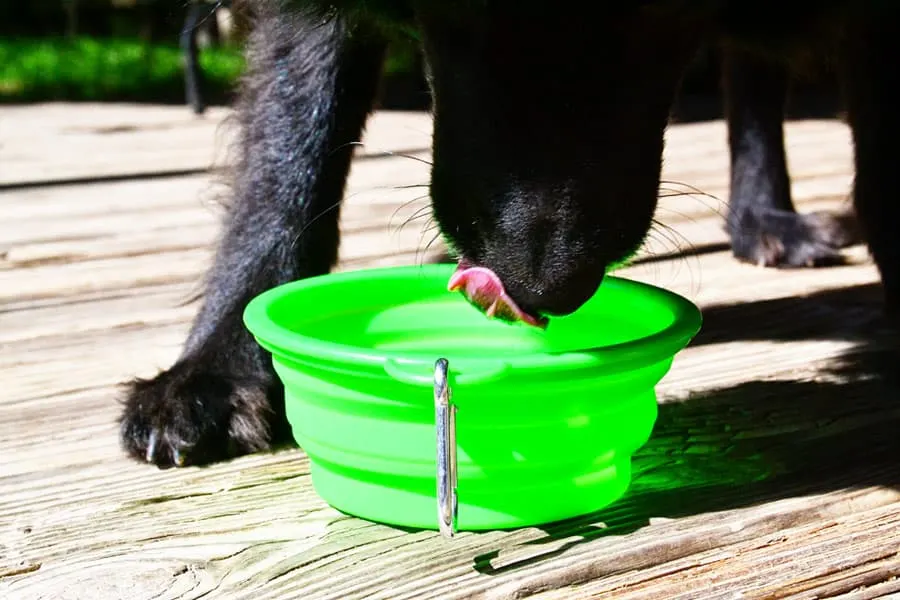
In terms of supplies you might need for an enjoyable hiking experience, here’s our list of items you should bring:
- Collapsible food and water bowls.
- An adequate supply of food; your dog may need extra calories in larger meals for long hikes. Be sure to allow at least an hour, preferably two, for your dog to rest and digest each meal after eating.
- Clean water. Your dog may pick up infections and certain parasites if drinking from contaminated or soiled outdoor water sources so offer a clean supply regularly.
- Basic first aid kit; your local vet clinic or dog training clubs may host local first aid courses. Antiseptic for small grazes or cuts, a tick remover tool and basic bandaging materials are excellent items to include.
- Dog backpacks are available online and allow your dog to carry their own supplies; take care to get them used to this and build up the level gradually without overloading them.
Top images provided by Tails.com
- Review: Jimmy BX7 Pro Anti-Mite Vacuum Cleaner - December 16, 2024
- 🎉 GIVEAWAY: Lord of the Pets Portrait of Your Dog! - November 26, 2024
- Review: Lord of the Pets Portraits - November 17, 2024
